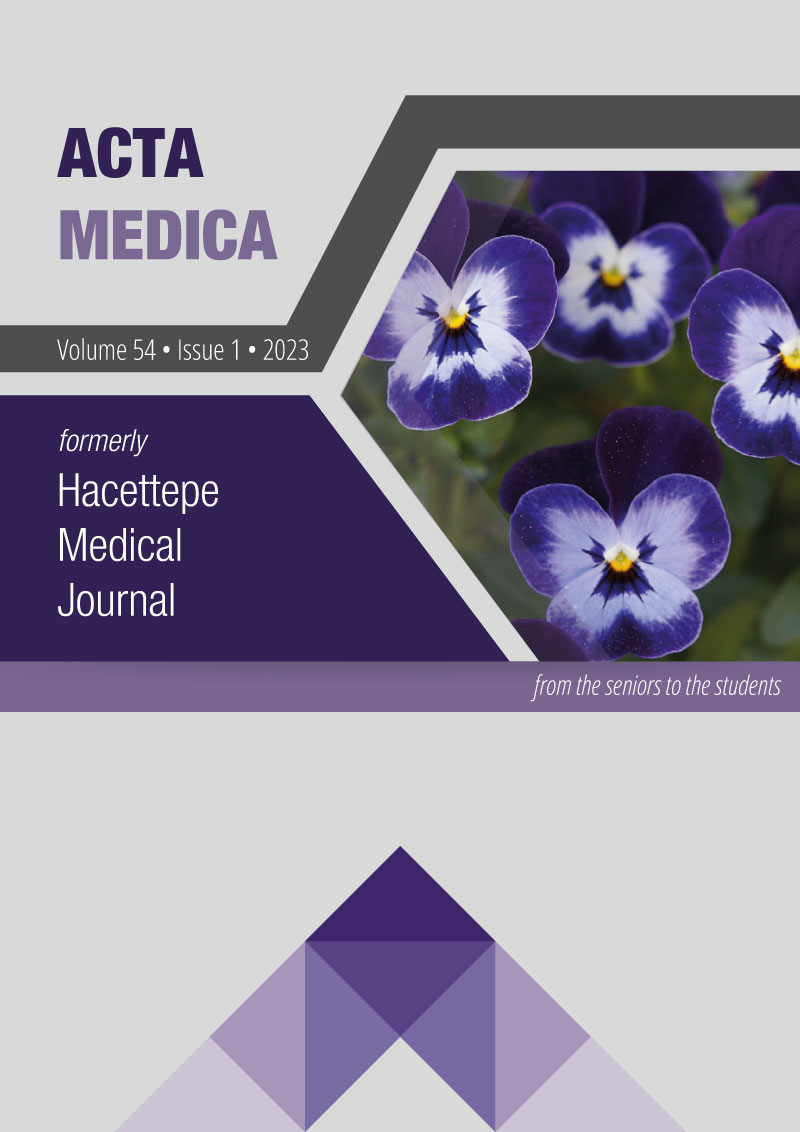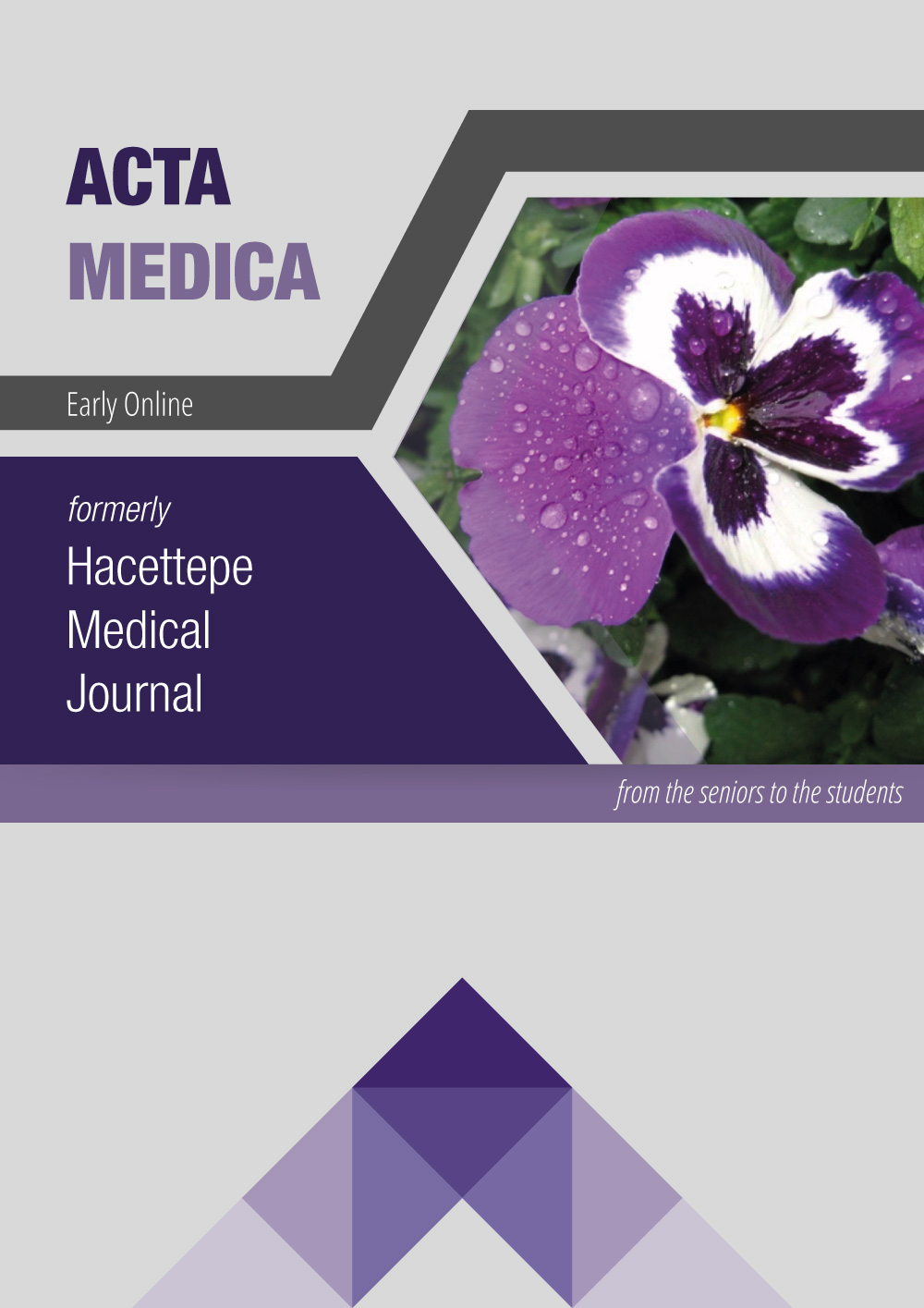Evaluating the Correlation of Mortality and Biochemical Parameters in Community-acquired and Hospital-acquired Pneumonia
DOI:
https://doi.org/10.32552/2023.ActaMedica.887Keywords:
community-acquired pneumonia, hospital-acquired pneumonia, mortality, creatinineAbstract
Objective: The associations of inflammation and immunity of host lead to higher mortality in both community-acquired and hospital-acquired pneumonia patients. Therefore, several inflammatory and immunological biomarkers are essential for diagnosis, prognosis, and survival. Among these inflammatory markers, such as older age, and higher blood urea nitrogen, creatinine, procalcitonin and C-reactive protein, and lower albumin levels have been shown to have strong correlations with worse outcomes and high mortality, especially in community-acquired pneumonia patients. In this study, we investigated the correlation between several biochemical markers, which are mostly involved in inflammation, and mortality in not only community-acquired but also hospital-acquired pneumonia patients.
Material and Methods: This was a retrospective study of hospitalized community-acquired and hospital-acquired pneumonia patients in a third degree university hospital. In their initial blood tests (also used for diagnosis), blood urea nitrogen, creatinine, procalcitonin, C-reactive protein and albumin levels, and white blood cell, lymphocyte, neutrophil, platelet and erythrocyte counts, red blood cell distribution width and hemoglobin levels were measured. The outcome variable was mortality at 30 days. Statistical analysis included univariate comparisons of continuous variables between deceased and survivor groups, subject to mortality analysis and logistic regression in both community-acquired and hospital-acquired pneumonia patients.
Results: 272 hospitalized community-acquired and 80 hospital-acquired pneumonia patients were included. Patients who died during follow-up had older age and higher levels of procalcitonin, blood urea nitrogen, creatinine, and red blood cell distribution width in community-acquired pneumonia group. Remarkably, logistic regression analysis showed a significant relationship between creatinine and mortality, regardless of age, severity of community-acquired pneumonia and comorbidities. Creatinine is a strong independent prognostic factor, subject to mortality in community-acquired pneumonia group.
Conclusions: Older age, higher procalcitonin, blood urea nitrogen, creatinine and red blood cell distribution width levels are significant biomarkers for prediction of higher mortality in hospitalized community-acquired pneumonia patients.
Downloads
Downloads
Published
How to Cite
Issue
Section
License
Copyright (c) 2023 Acta Medica

This work is licensed under a Creative Commons Attribution-NonCommercial-NoDerivatives 4.0 International License.


